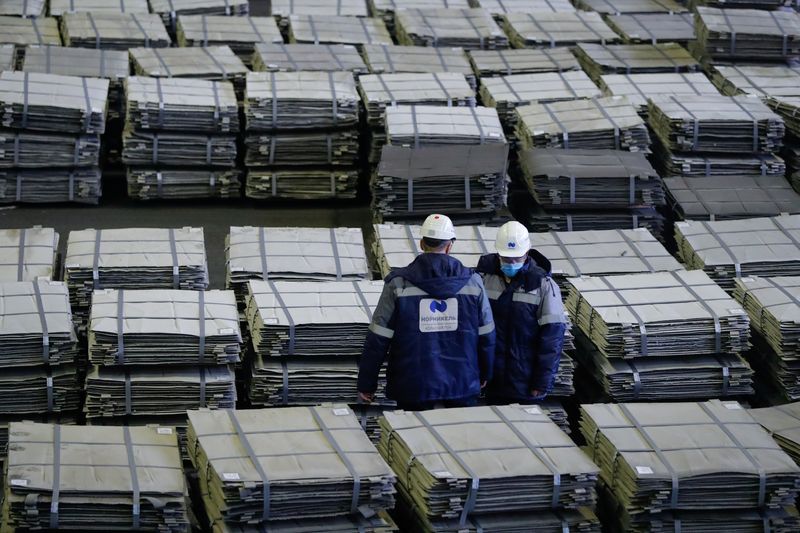Investing.com -- During the 2024 LME Week, nickel was distinctly labeled the “least liked” metal among base commodities.
A survey conducted by Macquarie confirmed this sentiment, with market participants indicating a preference to short nickel, while metals like copper and tin were seen as more favorable long positions.
Despite this downbeat sentiment, nickel prices unexpectedly surged during the event, boosted by fresh economic stimulus measures from China.
At the heart of the market’s distaste is the fragmented pricing structure. LME-grade nickel, which constitutes only about 25% of global nickel production, has seen its prices diverge sharply from nickel pig iron, a lower-cost variant that dominates the supply chain.
Currently, NPI prices sit at a discount to LME nickel, and Macquarie analysts expect this gap to narrow to reflect conversion costs, around $4,000 per ton.
Further escalation in bearish views has been caused by a rise in nickel inventory on the LME, driven by increased production in China and Indonesia. Nickel production in Indonesia has been growing steadily for some time.
Indonesia, which now accounts for 63% of global supply, has ramped up production despite challenges such as declining ore grades and regulatory delays in mining permits.
Supply constraints linked to ore shortages are emerging as a potential price-limiting factor, though most analysts view these as capping further declines rather than driving sustained upside.
Meanwhile, concerns about weakening demand from Europe and the U.S. have added pressure. Both the stainless steel and electric vehicle industries—major consumers of nickel—are showing signs of slowing.
In the battery sector, shifts toward lithium iron phosphate (LFP) technology, which doesn’t rely on nickel, further cloud the outlook.
Macquarie notes that battery demand for nickel is unlikely to grow substantially until 2025, and even then, projections are modest compared to previous high expectations.
Nonetheless, the evolving dynamics within Indonesia present a complex picture. Production growth has begun to stall due to weather disruptions, ore shortages, and delays in new mining permits.
Indonesian authorities anticipate ore tightness to persist until mid-2025, creating an undercurrent of uncertainty in the market.
Macquarie flags this as a potential upside risk for nickel prices, especially if disruptions escalate or if demand stabilizes unexpectedly.
Despite its recent rally, nickel faces a steep climb to overcome the negative sentiment entrenched in the market.
Macquarie emphasizes that while there are glimmers of hope—such as potential supply disruptions and a gradual recovery in stainless steel demand—nickel’s future is still clouded by structural challenges.
For now, the metal remains in a delicate balance, with prices vulnerable to both macroeconomic shifts and further changes in battery technology.
